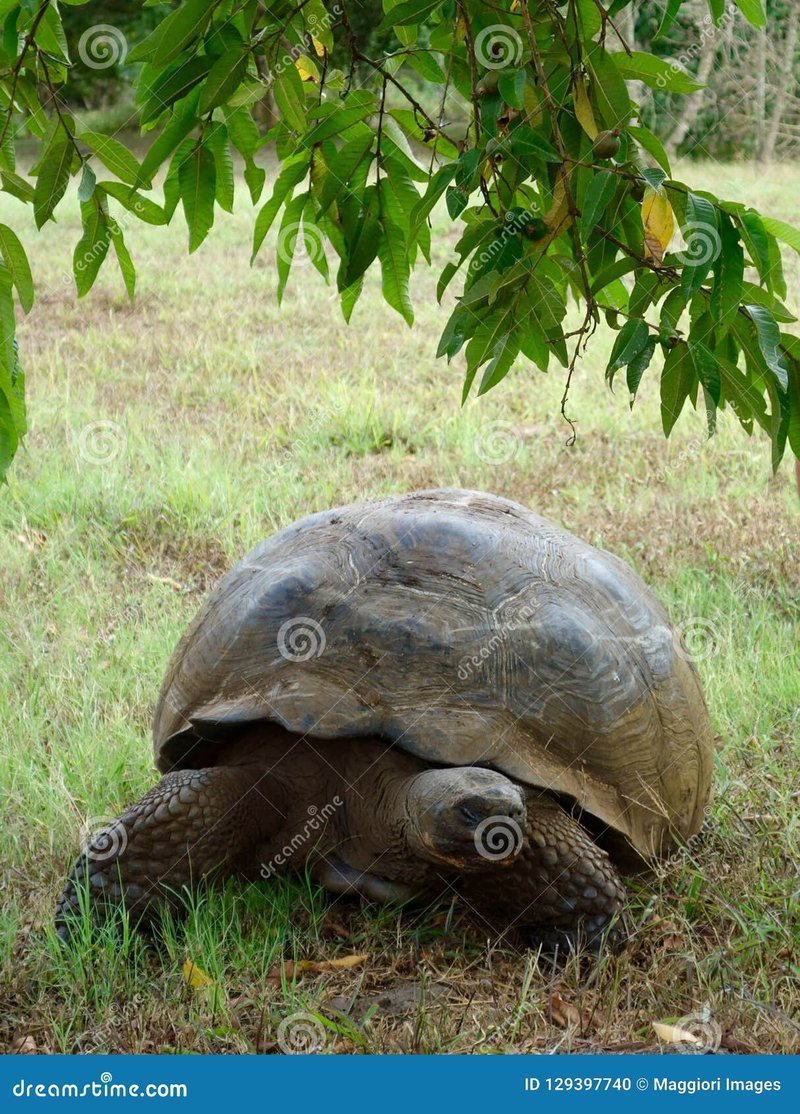
In many ways, the Galápagos tortoise serves as a bridge between nature and human imagination. From ancient myths to modern conservation efforts, its presence weaves through various narratives that highlight our relationship with the natural world. Let’s dive deeper into how this remarkable creature has captured hearts and minds across cultures, and see how it’s been represented in diverse ways throughout history.
1. The Symbolism of the Galápagos Tortoise in Folklore
Throughout history, the Galápagos tortoise has embodied various meanings in different cultures. In many indigenous tales, the tortoise has been revered as a symbol of wisdom and endurance. For instance, in some South American myths, the tortoise is often depicted as an ancient sage, guiding heroes through trials and tribulations. This idea of wisdom resonates with the creature’s slow and steady pace, reminding us of the value of patience.
Another profound representation can be found in the creation stories of some cultures. The tortoise often plays a crucial role, serving as a foundation upon which the earth rests or helping to form landscapes. This reflects a connection between the creature and the earth itself, suggesting that life is built upon strong, enduring foundations. Here’s the thing: by understanding these stories, we gain insight into how different cultures view their environment and the creatures within it.
The Tortoise in Indigenous Myths
In indigenous myths, the Galápagos tortoise frequently appears alongside other animals, forming a rich tapestry of interdependence. For example, in some tales, the tortoise collaborates with birds or other creatures to overcome challenges or teach life lessons. These narratives often emphasize harmony within nature, illustrating that every creature has its place and purpose. This perspective isn’t just charming; it encourages us to respect and protect our environment, reminding us that we’re part of a much larger ecosystem.
You might be wondering why these stories are still important today. Well, as we grapple with environmental issues, these traditional tales can inspire modern conservation efforts. They remind us that our connection to nature and its creatures is timeless, urging us to find ways to coexist sustainably.
2. The Galápagos Tortoise in Art and Literature
The Galápagos tortoise has not only been a prominent figure in oral traditions but also in art and literature. Artists have often depicted this enchanting creature, celebrating its unique characteristics. From paintings to sculptures, the tortoise’s majestic form catches the eye, symbolizing perseverance and strength.
In literature, the tortoise pops up in various stories and poems, often as a character embodying resilience. Think about Aesop’s fables—while not specifically about the Galápagos tortoise, the essence of the tortoise’s story can be seen in tales about perseverance and wisdom over speed. For instance, in “The Tortoise and the Hare,” the slow and steady wins the race, echoing the qualities we admire in the Galápagos tortoise.
Visual Representations and Iconography
Artists have utilized the tortoise’s distinctive shell and gentle demeanor to create stunning artworks. For example, sculptures in public spaces often highlight its impressive size, encouraging viewers to pause and reflect on nature’s wonders. Many of these pieces serve as reminders of our role in conserving wildlife, inspiring conversations around sustainability and protection.
The tortoise has also made its mark on popular media. Documentaries showcasing the Galápagos Islands often highlight this creature, drawing attention to the fragile ecosystem it inhabits. Its portrayal in films and educational programs helps raise awareness, blending entertainment with vital conservation messages. These representations are essential in fostering a sense of connection between audiences and the natural world.
3. The Galápagos Tortoise and Myth of the Fountain of Youth
One fascinating aspect of the Galápagos tortoise’s cultural representation is its association with the myth of the Fountain of Youth. The islands were rumored to be a place where time stood still, and the tortoises themselves, with their remarkable lifespans, became part of this legend. Explorers, including the famed Ponce de León, sought to find the elusive fountain, believing that longevity could be discovered within these islands.
This connection to the Fountain of Youth speaks to the universal human desire for immortality and vitality. The Galápagos tortoise, with its slow and steady journey through life, embodies both the promise of long life and the idea that wisdom often comes with time. Honestly, who wouldn’t want to carry that wisdom along with them?
Modern Interpretations of the Myth
In contemporary culture, the myth of the Fountain of Youth has evolved. It now often symbolizes the quest for eternal youth and beauty in various forms, from skincare products to fitness trends. Yet, the Galápagos tortoise reminds us that true wisdom is about embracing the natural aging process and living harmoniously with the environment.
This reimagining invites us to appreciate the beauty in aging, much like the tortoise itself. Rather than seeking to escape the passage of time, we can learn from the tortoise’s journey and find joy in each stage of life.
4. Conservation and the Cultural Significance of the Galápagos Tortoise
The Galápagos tortoise is not just a cultural icon; it’s also at the center of modern conservation efforts. Due to habitat loss and the introduction of invasive species, these tortoises face significant threats. Conservation programs aim to protect these magnificent creatures and their habitats, reflecting a strong cultural commitment to preserving this symbol of resilience.
Cultural representations often drive these conservation efforts. When people connect emotionally to the Galápagos tortoise through stories, art, and folklore, they’re more likely to take action to protect it. This emotional bond is powerful; it highlights the importance of storytelling in fostering a sense of responsibility toward the environment.
Community Involvement and Education
Education plays a vital role in conservation efforts. Schools and organizations often incorporate the Galápagos tortoise into their curricula, teaching children about its significance. Through workshops, field trips, and community events, the tortoise becomes a focal point for discussions around biodiversity, sustainability, and respect for nature.
Here’s the thing: when communities engage with their environment through cultural narratives, they foster a sense of pride and ownership. This can lead to a collective effort to protect natural habitats, ensuring that future generations can also appreciate these majestic creatures.
5. The Galápagos Tortoise in Popular Culture
The Galápagos tortoise has also made its way into popular culture beyond folklore and literature. From documentaries showcasing its life to appearances in cartoons and movies, this creature captivates audiences of all ages. For instance, animated films often depict tortoises as wise characters, further cementing their role as symbols of patience and knowledge.
In video games and toys, the Galápagos tortoise has become a beloved character. These representations often emphasize friendship and teamwork, where the tortoise teaches other characters important life lessons. By placing the tortoise in diverse contexts, creators help inspire younger generations to appreciate and protect wildlife.
The Tortoise as a Cultural Ambassador
In many ways, the Galápagos tortoise acts as a cultural ambassador, connecting people with their natural history. Events like World Turtle Day celebrate tortoises globally, raising awareness of their plight. These yearly celebrations often feature educational programs highlighting the importance of conservation while embracing local traditions and lore.
Ultimately, the tortoise’s cultural significance reminds us that storytelling can be a powerful tool for change. By sharing tales and art centered around this creature, we encourage a deeper appreciation for nature and inspire collective action toward conservation.
6. The Future of the Galápagos Tortoise in Culture
As global challenges like climate change and habitat destruction continue to threaten the Galápagos tortoise, its cultural representation will likely evolve. Conservation efforts will rely on storytelling, arts, and education to keep the tortoise’s presence alive in our cultural consciousness. The stories we tell about the tortoise can mobilize support for its preservation, ensuring that it remains a significant symbol for future generations.
You might be wondering what we can do to help keep this cultural legacy thriving. Supporting local conservation initiatives, celebrating wildlife through art, and sharing stories about the Galápagos tortoise can all make a difference. By engaging with these narratives, we become part of the solution, helping to protect this majestic creature for years to come.
Embracing the Galápagos Tortoise’s Legacy
In conclusion, the Galápagos tortoise is more than just a fascinating animal; it’s a symbol of resilience, wisdom, and cultural heritage. Its representation in folklore, art, and modern media illustrates our enduring connection to nature. By understanding its significance and taking action to protect it, we honor its legacy and ensure that future generations can appreciate this incredible creature.
So, next time you see a picture of a Galápagos tortoise, remember that you’re looking at more than just a giant reptile. You’re gazing at a living piece of history, a symbol of cultural stories that bind us to the earth. And who knows, perhaps it will inspire you to become a guardian of this remarkable creature and the beauty it represents.

